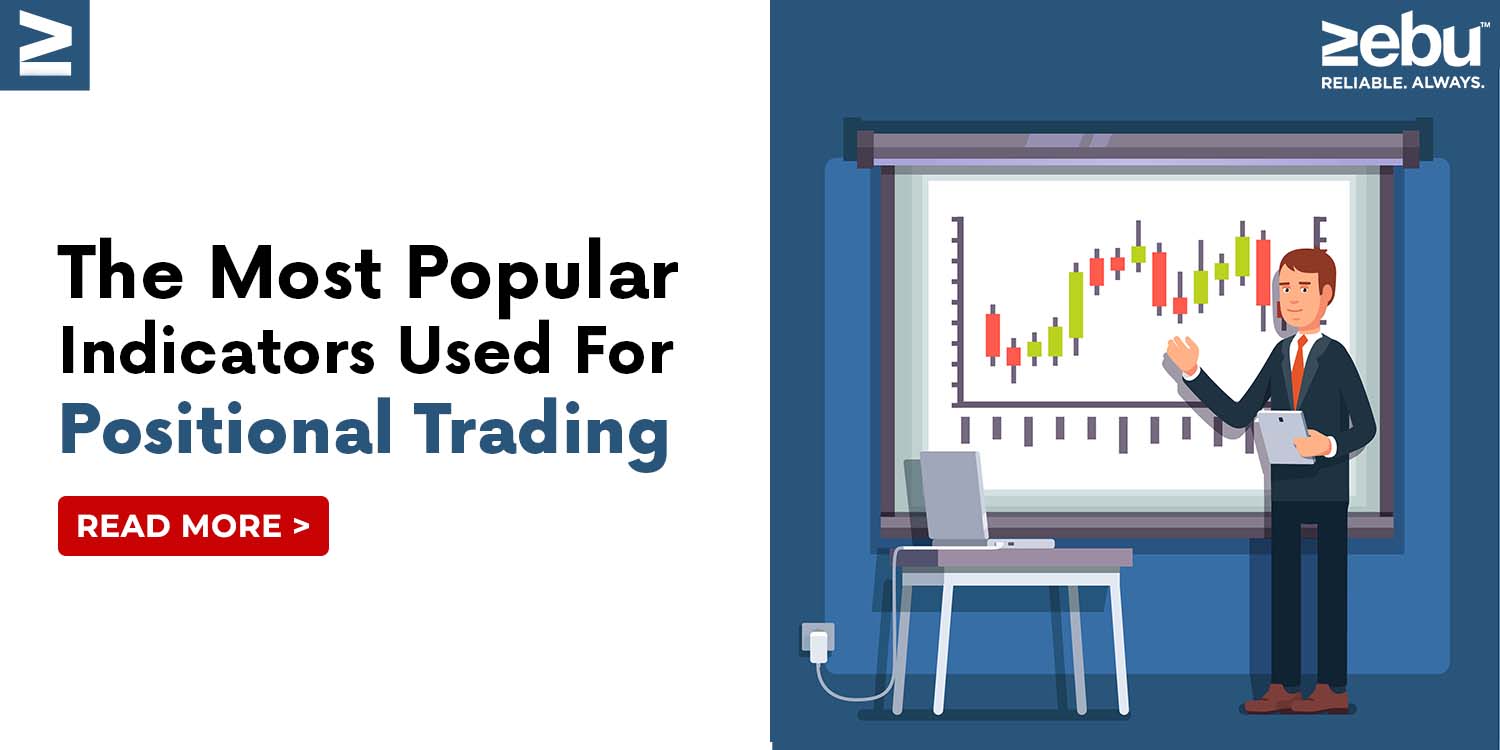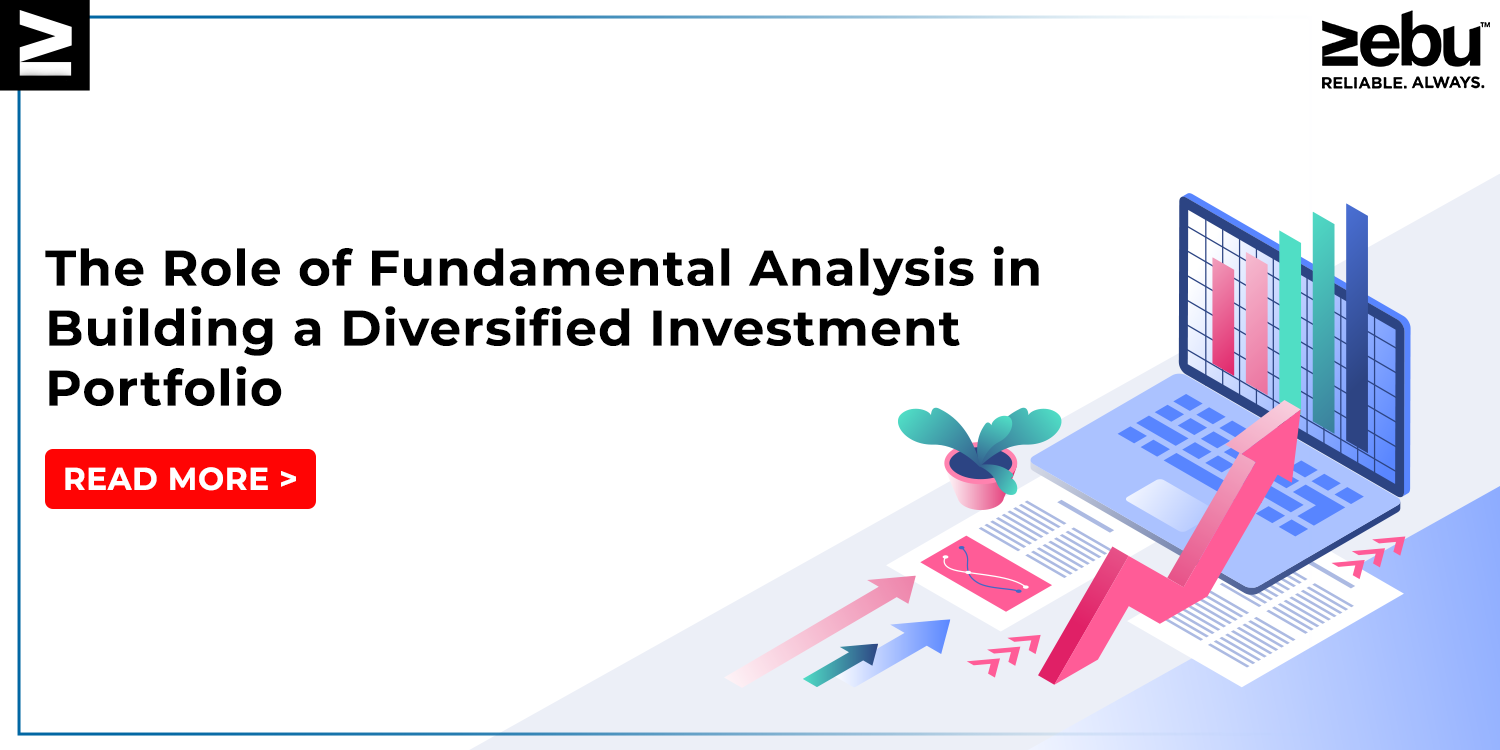
Positional trading is a popular strategy among traders, who aim to hold onto their positions for a longer period of time in order to capture larger price movements in the market. One of the key elements of successful positional trading is the use of technical indicators to inform trading decisions. In this blog post, we will explore the most popular indicators used for positional trading, and how traders can use them to increase their chances of success.
Moving Averages:
Moving averages are one of the most popular indicators used for positional trading. They are used to smooth out price data and identify trends in the market. There are several types of moving averages, including simple moving averages (SMA) and exponential moving averages (EMA). Traders often use moving averages to identify the direction of a trend, and to enter and exit trades. For example, if a short-term moving average crosses above a long-term moving average, it is considered a bullish signal, indicating that the market may be trending upward.
Relative Strength Index (RSI):
The Relative Strength Index (RSI) is a momentum indicator that compares the magnitude of recent gains to recent losses. It ranges from 0 to 100, with readings above 70 indicating overbought conditions and readings below 30 indicating oversold conditions. RSI is a useful tool for identifying potential trend reversals, and traders often use it in conjunction with other indicators to confirm a trade.
Bollinger Bands:
Bollinger Bands are a volatility indicator that consist of a moving average and two standard deviations away from it. The bands are used to identify overbought and oversold conditions, and to confirm trend reversals. When the price moves outside of the Bollinger Bands, it is considered a signal that the market is becoming overbought or oversold, and a trend reversal may be imminent.
The above mentioned indicators are widely used by positional traders, but there are many other indicators available as well. Traders should experiment with different indicators and find the ones that work best for their trading style. It’s also important to use indicators in conjunction with other tools, such as fundamental analysis and chart patterns, to help confirm trades and make more informed trading decisions.
In conclusion, technical indicators are an important tool for positional traders, and can help traders identify trends, confirm trades, and make more informed trading decisions. Moving averages, RSI and Bollinger Bands are among the most popular indicators used for positional trading. However, it is important for traders to understand how to use these indicators effectively, and to use them in conjunction with other tools and analysis. By taking the time to learn and understand these indicators, traders can increase their chances of success in the market.








